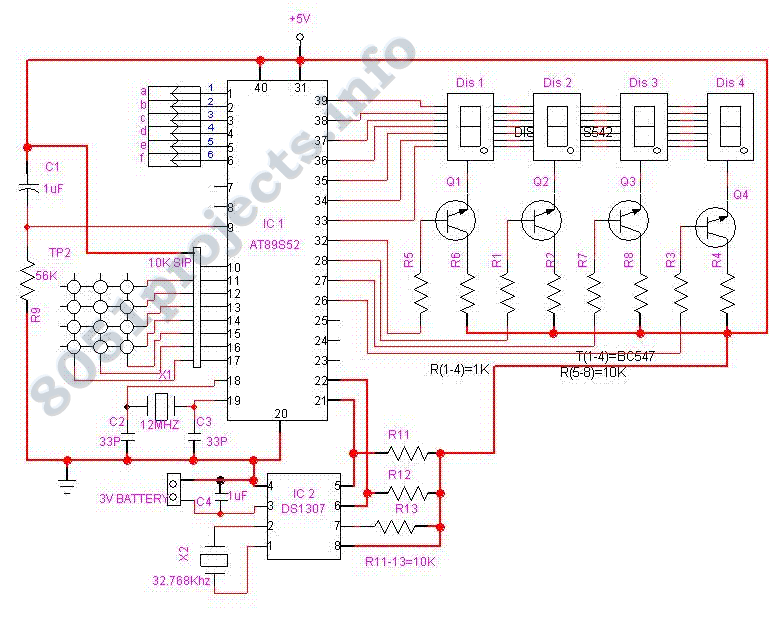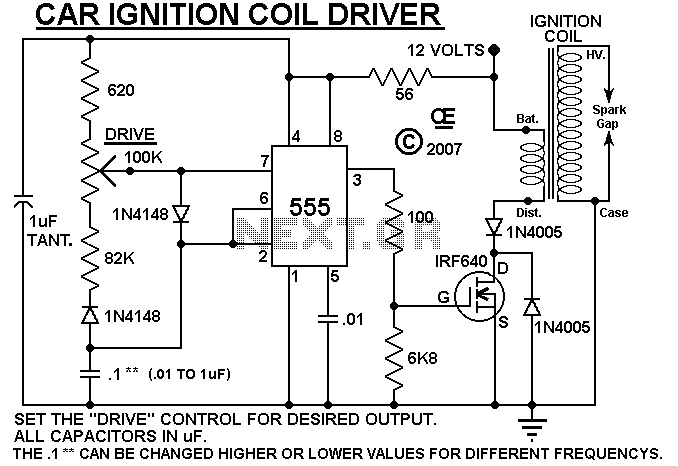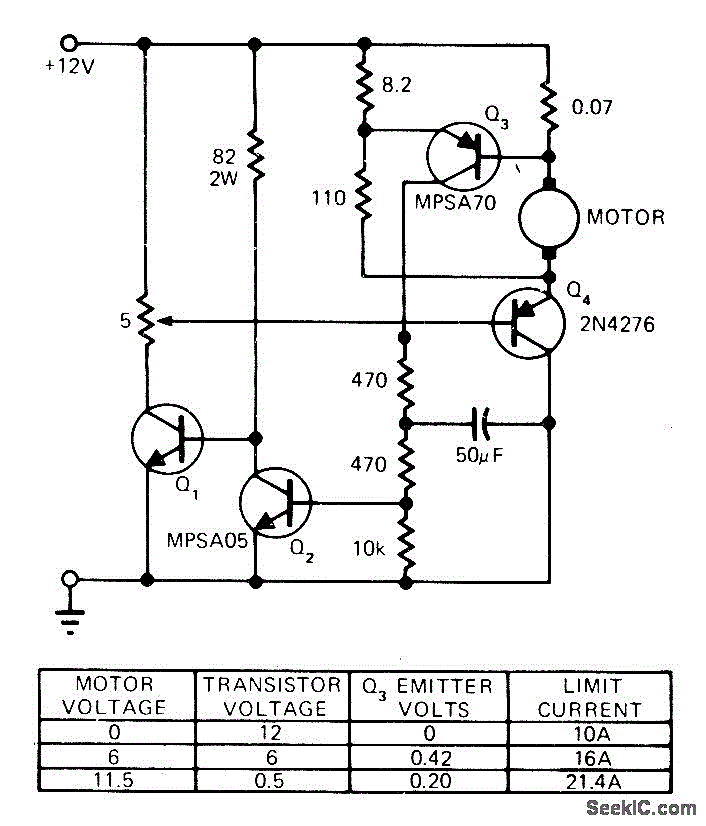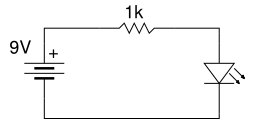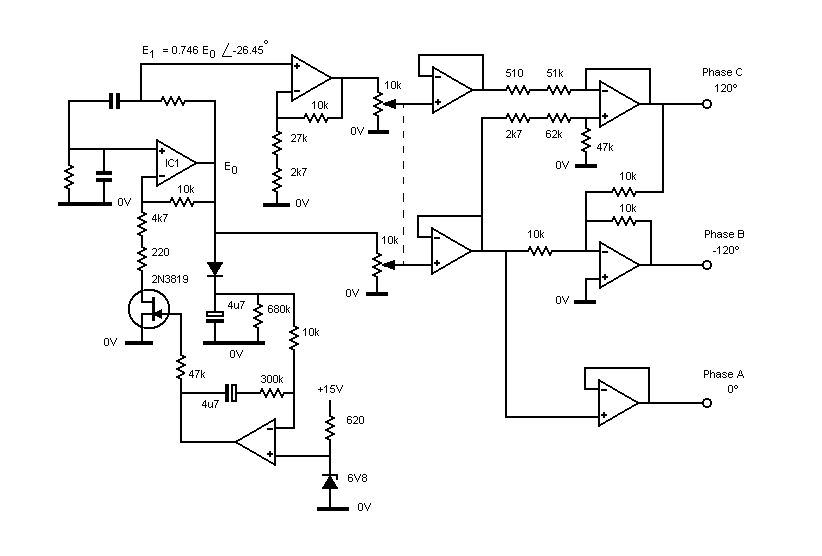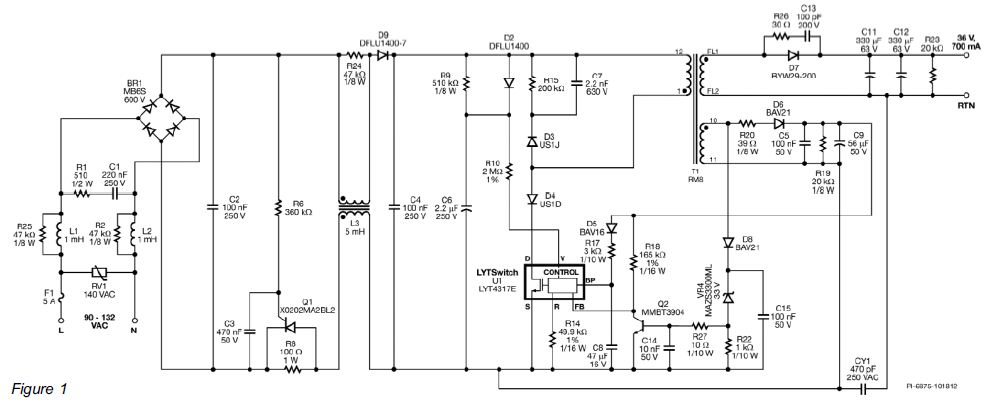
Single Axis TB6560 3 5A 2 Phase CNC Stepper Motor Driver Board Controller
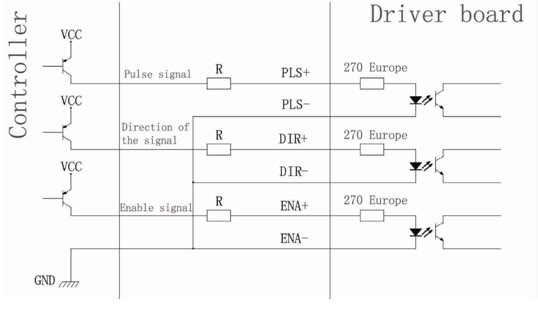
Connection of a drive and a two-phase hybrid stepper motor using a four-wire system, with the motor windings configured in both parallel and series connections. This method allows for high-speed performance, although it requires a large drive current (1.73 times the motor winding current). When connected in series, the drive current matches the motor winding current.
The connection of a drive to a two-phase hybrid stepper motor utilizing a four-wire system is a common practice in industrial and robotics applications. In this configuration, each of the motor's two phases is driven independently, allowing for precise control of the motor's position and speed. The motor windings can be arranged in parallel or series, depending on the desired performance characteristics.
When the windings are connected in parallel, the system benefits from increased torque and lower inductance, which can enhance the motor's responsiveness and acceleration. However, this configuration also requires a higher drive current, approximately 1.73 times the rated winding current of the motor. This increased current demand can lead to higher power dissipation in the drive circuitry, necessitating careful thermal management.
Conversely, when the windings are connected in series, the drive current is limited to the rating of the motor winding, which can simplify the design and reduce the thermal burden on the drive. In this arrangement, the motor operates at a lower overall current, but the torque may be reduced compared to the parallel configuration. The series connection is particularly advantageous in applications where space is limited or where the drive circuitry must be minimized.
Both connection methods offer unique advantages and trade-offs that must be considered based on the specific requirements of the application. Proper selection of the connection type, alongside appropriate drive circuitry capable of handling the required current levels, is essential for optimizing the performance of the stepper motor in its intended use case.Drive and two-phase hybrid stepper motor`s connection with the four-wire system, the motor windings in parallel and series connection, and connection method, high-speed performance, but the drive current is large (for motor winding current of 1. 73 times), Connected in series when the drive current is equal to the motor winding current. 🔗 External reference
The connection of a drive to a two-phase hybrid stepper motor utilizing a four-wire system is a common practice in industrial and robotics applications. In this configuration, each of the motor's two phases is driven independently, allowing for precise control of the motor's position and speed. The motor windings can be arranged in parallel or series, depending on the desired performance characteristics.
When the windings are connected in parallel, the system benefits from increased torque and lower inductance, which can enhance the motor's responsiveness and acceleration. However, this configuration also requires a higher drive current, approximately 1.73 times the rated winding current of the motor. This increased current demand can lead to higher power dissipation in the drive circuitry, necessitating careful thermal management.
Conversely, when the windings are connected in series, the drive current is limited to the rating of the motor winding, which can simplify the design and reduce the thermal burden on the drive. In this arrangement, the motor operates at a lower overall current, but the torque may be reduced compared to the parallel configuration. The series connection is particularly advantageous in applications where space is limited or where the drive circuitry must be minimized.
Both connection methods offer unique advantages and trade-offs that must be considered based on the specific requirements of the application. Proper selection of the connection type, alongside appropriate drive circuitry capable of handling the required current levels, is essential for optimizing the performance of the stepper motor in its intended use case.Drive and two-phase hybrid stepper motor`s connection with the four-wire system, the motor windings in parallel and series connection, and connection method, high-speed performance, but the drive current is large (for motor winding current of 1. 73 times), Connected in series when the drive current is equal to the motor winding current. 🔗 External reference
